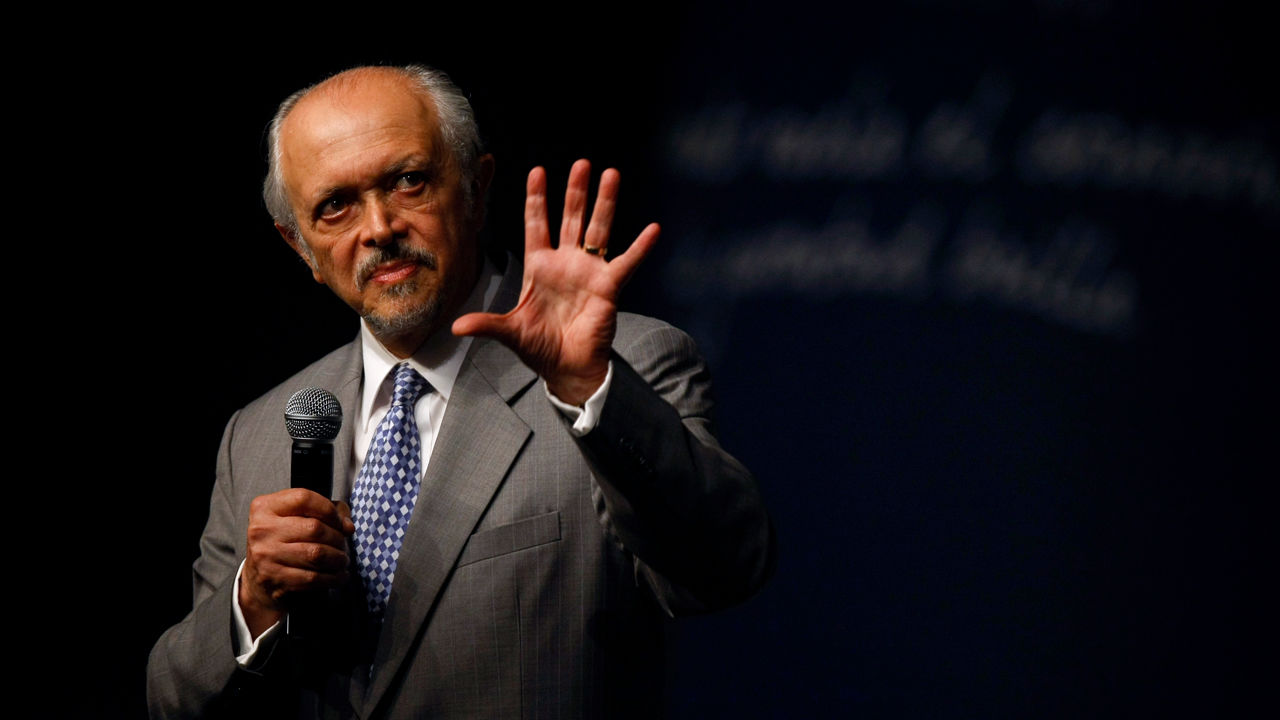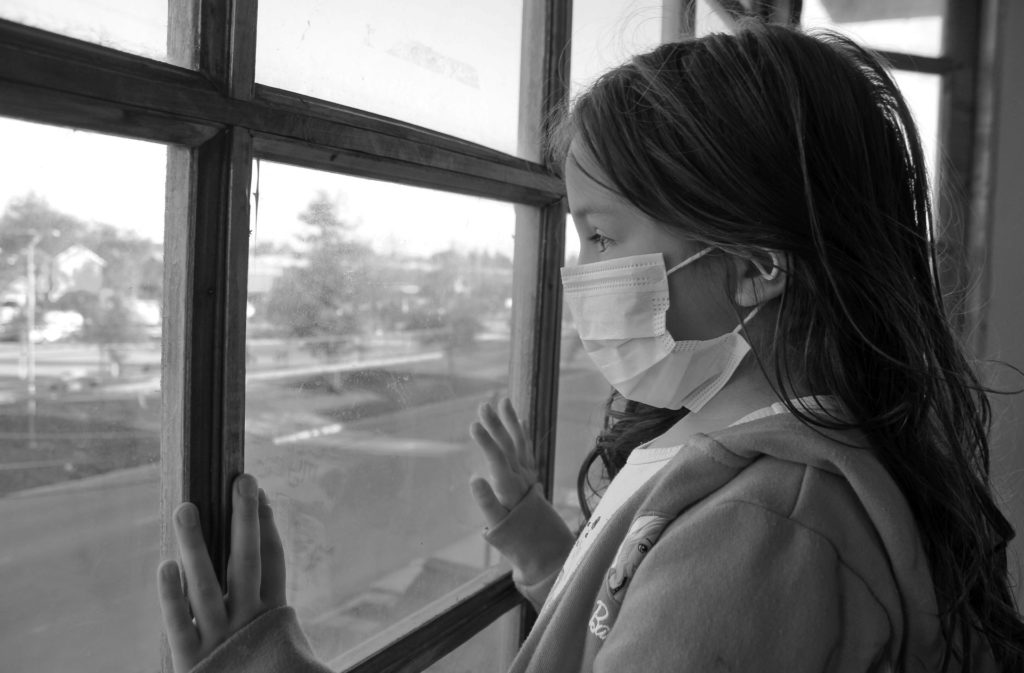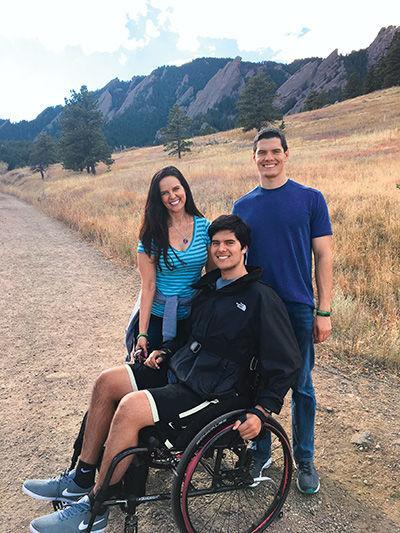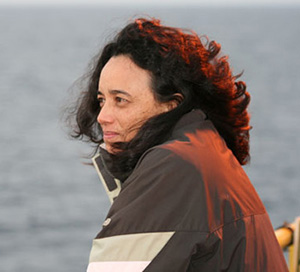Even after the densest clouds disperse, the effects from smoke last longer and travel farther than you might think. A massive cloud of smoke on September 9, 2020. For several awful days in early September, it seemed like the entire West was burning. Unusually high winds coming off the western slopes of the Rocky Mountains fanned the flames of dozens of new wildfires that touched off from Washington to Mexico. In California alone, nearly a million acres burned in the period between September 7 and September 10 . Air quality deteriorated rapidly. In San Francisco, the iconic Golden Gate Bridge was shrouded in an apocalyptic orange haze. The air quality index in some places soared above 500, the upper threshold in the Environmental Protection Agency’s Hazardous category. Less than a week later, residents on the East Coast and Europe noted hazy skies as the smoke drifted on the winds. With hundreds of thousands of acres on fire, it’s not surprising that most of the West was submerged in smoke; in some cases, communities closest to major fires suffered the worst air quality in the world. But smoke movement is complicated, and where the particles ultimately go depends on a […]
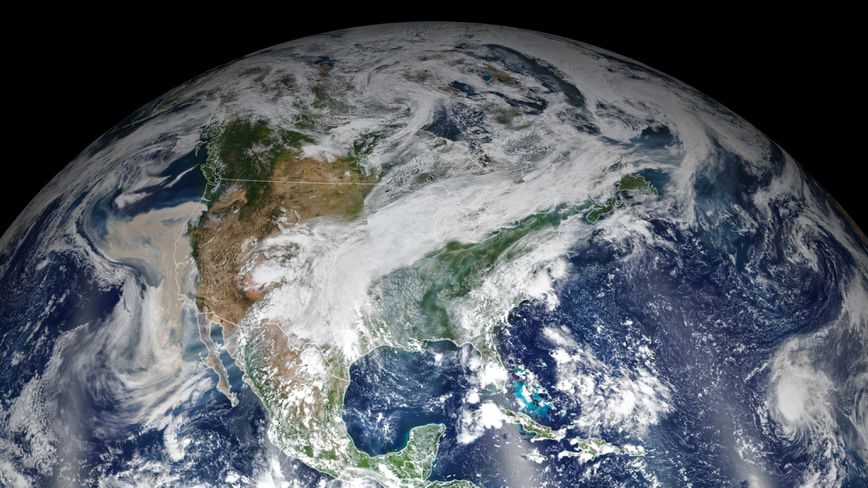

Add a comment


